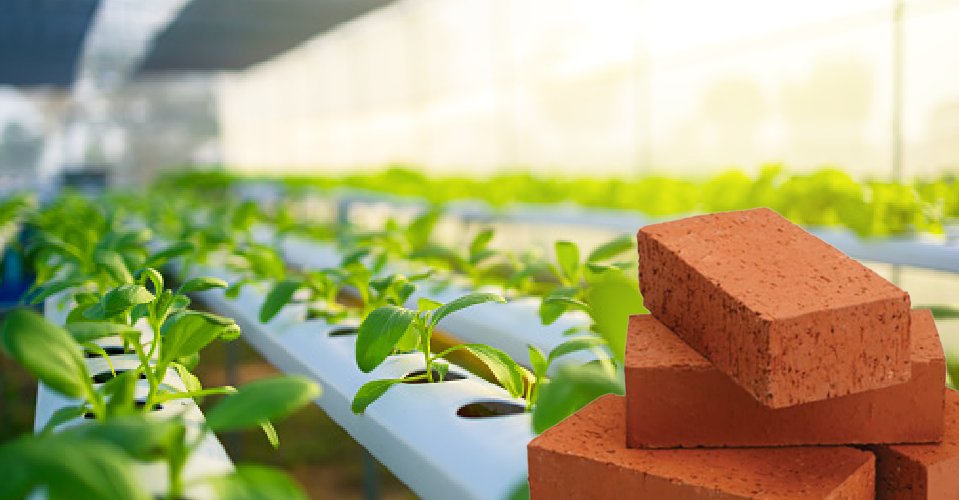
It has no built-in nutritional value without buffering, and many coco coir particles are filled with sodium and potassium values. However, double-positive elements such as Calcium and Magnesium have a solid relationship to these sites and will replace potassium and sodium.
Buffering the Coco Peat is mandatory before processing it into cultivation products; the deficiency problem had solved, and the supply of Calcium and Magnesium to the plant has improved.
Buffered coco peat is mainly used for hydroponics and seed germination. This is because the electrical conductivity in buffered cocopeat is lower.
For growing a healthy plant, buffered coco peat plays a vital role. The Ec level of the buffered coco peat is low as they are treated to reduce sodium and potassium levels inside, thereby increasing the nitrogen level.
We export the buffered coco peat to tropical and subtropical areas; countries like Spain, America and China are a few among them.
1. It has a superior moisture-holding capacity, which helps to reduce the need for frequent watering, making it an excellent option for water conservation and resource efficiency.
2. It possesses natural resistance against pests and soil-borne pathogens.
3. They provide a cost-effective solution for both professionals and enthusiasts alike.
4. Our strict quality control measures guarantee a reliable, high-quality growing medium, ensuring consistent performance.
Now that you have expanded and rinsed coconut coir in a fabric pot, the buffering process becomes more convenient. Get another container or bucket that can accommodate the fabric pot at a similar height and begin filling it with water.
As you fill the container, add 3 grams of calcium magnesium (calmag) granules for every liter of water, and stir thoroughly until they dissolve. Now, place your fabric pot containing the coconut coir into the container with the calmag solution and let it buffer for 24 hours.
After this time, remove the fabric pot and rinse the coconut coir with a hose for a few minutes. Dispose of the used calmag solution, and repeat the process. Following the second 24-hour buffering period in a fresh solution, your coconut coir will be ready for use.
Consistently including CalMag in your nutrient regimen with each feeding, except when flushing your plants, is crucial. This practice will help prevent issues related to calcium and magnesium deficiencies, which can lead to other problems in the future. A good rule of thumb is to bring your nutrient solution's electrical conductivity (EC) to a level of 0.4-0.5 by using calcium products before introducing your regular three-part nutrient mixture.

Size : 30*30*12-15

Weight: 4 to 5.5 kg

Ph: 5.8 to 6.5

EC: Below 0.3 mS/cm

Moisture : below 15%

Expansion: above 17 litres per kg

Sand: below 2%

Fibre: below 2%

Load Ability: Palletized – 24 to 25 MT/ 40' HC | Non Palletized – 26 MT/ 40' HC
High Yield Crops
Soft Fruits
Cannabis
Tomato
Cucumber
Bell Pepper
| What is the expansion of buffered coco peat that SPM Substrates provide? |
| How long it takes to buffer coco peat? |
| Why is buffered coco peat useful for plants? |
| Do SPM Substrates ship buffer coco peat overseas? |
| Why are buffered coco peat Eco- friendly? |